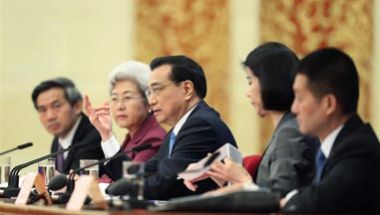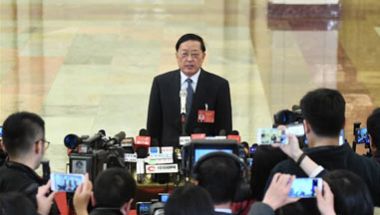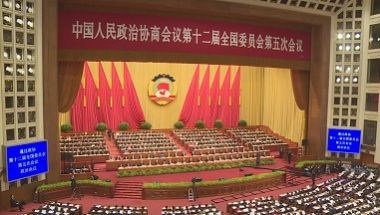Editor's Note: Ministers' press conferences are always under spotlight during China's annual parliamentary and political advisory sessions. This year was no exception, with 15 ministers talking about their plans and responding to various concerns. Here we highlight 30 of their responses to questions from reporters.
March 6
He Lifeng, director of National Development and Reform Commission
On growth
The performance of the economy was comparatively good last year and it reflects the government's keynote in economic development, which is seeking progress while maintaining stability.
Data show that all the first three seasons of 2016 witnessed a growth rate of 6.7 percent. The figure reached 6.8 percent during the fourth season. Meanwhile, other related economic indicators were also very stable during the period.
On contribution to global economy
China has never stopped opening up to the outside world. On the contrary, the process is being speeded up. China benefits from global economic integration and in return offers great development opportunities for global economic integration as it grows.
Currently, China accounts for 15 percent of world economy. However, its growth in last year represented 30 percent of the economic growth worldwide. This is a remarkable achievement.
March 7
Xiao Jie, minister of finance
On income tax
At present the reform plan of the individual income tax is under study and review. The general idea is to proceed from ground reality and integrate comprehensive and classified taxation systems.
The overall design and implementation will be carried out step by step in order to establish an individual income tax regime that suits the country's situation.
On deficit ratio
China's fiscal deficit ratio of 3 percent of GDP is proactive and there is no need for concern about any default on debt repayments given China's continually improving economic fundamentals.
The ratio is unchanged from that of last year, but the scale expanded by about 200 billion yuan ($29 billion) given the rise in GDP this year.
The scale is adequate for satisfying the demand for tax cuts and investment in major economic areas. The country's debt ratio is low compared with other countries.
March 7
Han Changfu, minister of agriculture
On agricultural environment
In 2016, China realized zero growth in the use of pesticide and about zero growth in use of fertilizers.
In next step the government will launch five campaigns to further improve agricultural environment: All the excrement from large-scale farms will either go through special treatment or be reused as resources; the excessive use of fertilizers in the horticultural sector, especially fruit and vegetables, will also be targeted and use of organic fertilizers will be encouraged; reduce the use of plastic mulches (mainly used as coverings for compost) and authorities will encourage farmers to use thicker mulch sheets to make them easier to be recycled through machinery; better utilize crop straw in the northeast region and protect aquatic organisms especially those in the Yangtze River.
On grain output
China saw growth in grain output for many years. Last year, the output fell by 10.4 billion jin (5.2 billion kg) but it is still the second-highest grain output in history. And the reduction was mainly in corn, which was a result of proactive adjustment and within our expectation. Therefore, it is common to adjust grain output according to supplies and demands and this kind of adjustment will become normal in the future.
March 7
Liu Yongfu, director of the State Council Leading Group Office of Poverty Alleviation and Development
On the main poverty battlefield
Guizhou is the country's main battlefield in the fight against poverty with the biggest impoverished population in China, accounting for 7 or 8 percent of poverty stricken people nationwide. Guizhou should be a provincial sample of poverty alleviation. We will pay more attention and put more aid into the provinces with the most quantity of poor people and the most possibility of becoming poor.
On the environment and poverty relief
To eradicate poverty in an ecological way is also part of supply-side structural reform. Poverty elimination should stop destroying the environment and help restore the natural environment. There should be a balance point between them.


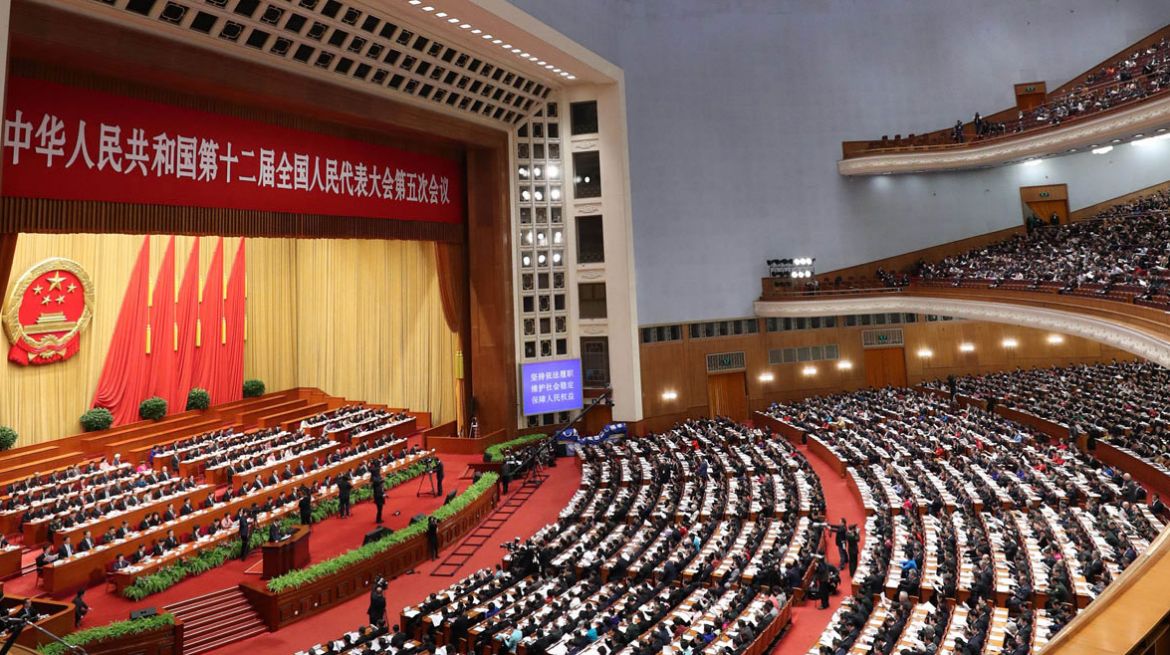
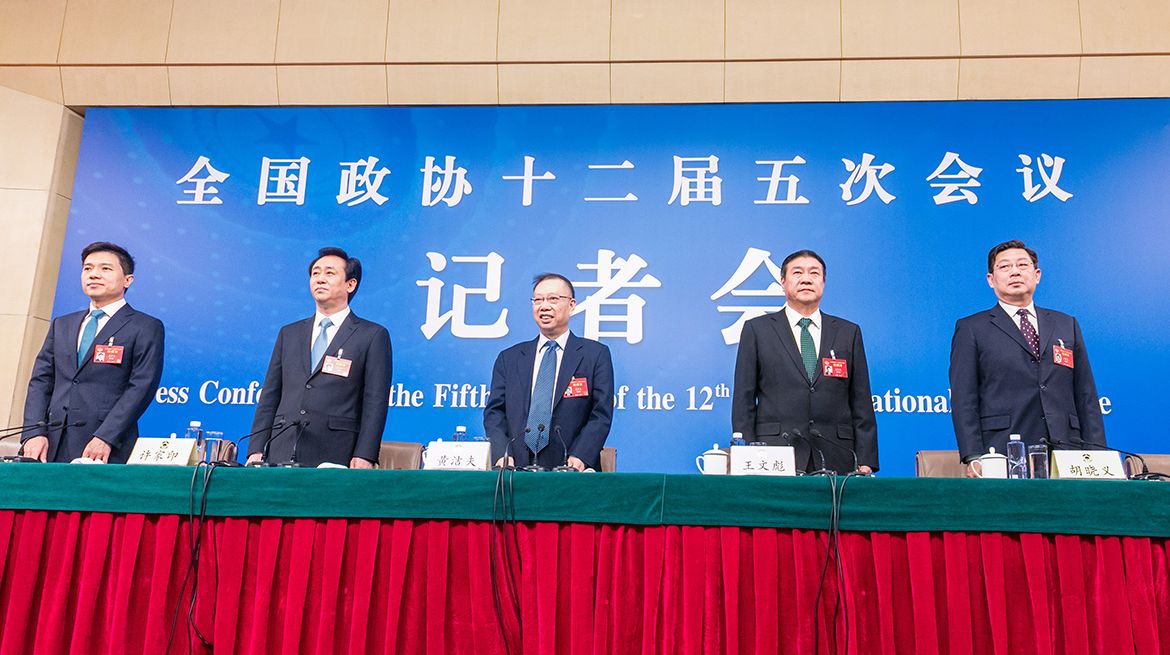


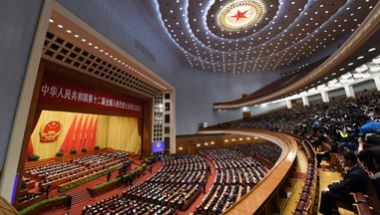
 十二届全国人大五次会议在京闭幕
十二届全国人大五次会议在京闭幕 